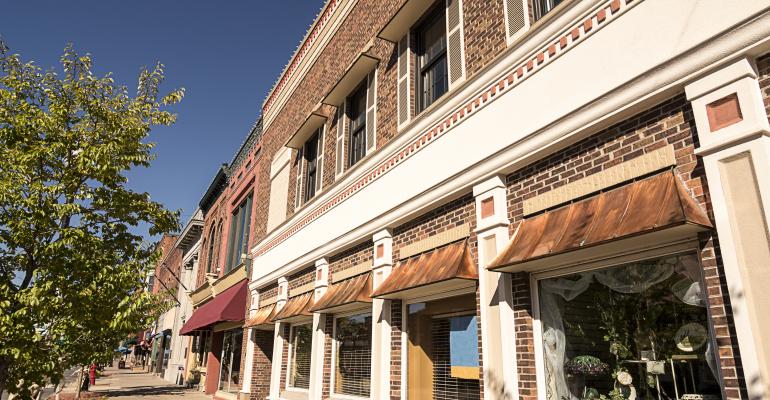Big city office markets are posting the strongest performance in decades, with the U.S. unemployment rate falling to less than 5.0 percent and office vacancy in many regions in the single digits. Experts have pointed to the rise of the Millennial workforce as the cause, with the Millennials’ desire to cluster in Central Business Districts (CBDs) to take advantage of the live/work/play environment. But the question remains whether this generation will follow previous ones and escape back to the suburbs in 10 years’ time.
It’s almost impossible to read the news today without coming across an article about what Millennials want, along with frenzied pitches by the American marketing machine to cater to the whims of this large generation. The same goes for commercial real estate, as corporate tenants compete for smart, young talent, opening satellite offices in downtowns if the headquarters is too far out in the sticks.
The latest study by real estate services firm Avison Young, “Millennials and Re-Urbanization of the City” agrees with conventional wisdom that 18-to36-year-olds are the driving force behind the recent flight to downtowns. The study, authored by Principal Mike Kennedy and Associate Andrew Alizzi of the company’s Austin office, notes that as Millennials move into cities to shorten commutes and heighten innovation, they are gentrifying parts of cities long-forgotten.
“Embracing the diverse, urban lifestyle in large numbers, Millennials are directly affecting the revitalization of long-dormant urban areas in Detroit, downtown Los Angeles, Brooklyn, downtown Houston and Uptown Dallas—among other locales,” according to the study. “Millennials have also played a part in the rapid urbanization of smaller and less dense (but growing) metropolitan areas like Austin and Nashville.”
The overall recovery of the national economy, and the willingness of office tenants to expand, has lifted all boats in terms of occupancy and rents, as most markets have seen gains in both downtowns and the suburbs. While growth in the CBDs has received most of the attention, during the past 12 months suburban markets have benefited from the bulk of net absorption, with 31 million sq. ft. out of 43 million sq. ft., according to a recently released U.S. office market overview by Avison Young.
“The easiest, most effective way to attract the new generation intellectual capital is by having space in the urban environment,” says Earl Webb, president of U.S. operations for Avison Young. “The cities have learned to clean up their act; they’re safer, and transportation and housing has improved from 30-40 years ago.”
However, Webb notes that cities still have far to go to match the security offered by the suburbs for new families. By staying in the suburbs, tenants will still appeal to that family-orientated workforce, plus they will benefit from the cheaper rents. While suburbs have suffered from higher vacancy rates, many markets have seen tightening, especially if landlords can offer competitive perks.
“I’d say the death of the suburban office market is greatly exaggerated,” Webb says. “I do think that we are seeing a changing of the traditional office park environment. It’s no longer satisfactory just to have four-to-five office buildings in an isolated location and expect tenants to go there. If developing in the suburbs, you have to think about what kind of live-work-play environment you can offer, with entertainment, transportation, and multifamily and single-family housing close by.”
A big reason new families move to the suburbs has to do with perceived school quality, as large cities typically have struggling school districts. A 2009 study by America Promise, a non-profit group run by Colin Powell and his wife, showed that, on average, almost half of all students from big city districts don’t graduate high school, compared to higher than 70 percent graduation rate in the suburbs. Other perks in the suburbs include larger homes with lower mortgage payments, free parking and less traffic and crime.
The Millennial trend might be overblown, says Coy Davidson, a senior vice president in the Houston office of real estate services firm Colliers. He points out that some markets have wide metropolitan areas with office markets as strong as the cities, such as Silicon Valley, and suburbs surrounding Atlanta and Houston, where there’s more than enough room to live close to a CBD and not be right downtown.
“It’s great to live in a city when you’re 24 years old and you can share an apartment with your buddies,” Davidson says. “Then you meet someone, get married and begin to have children, you’re going to want to move out to the ‘burbs.”

